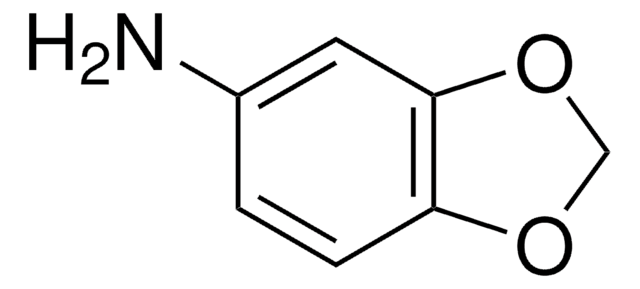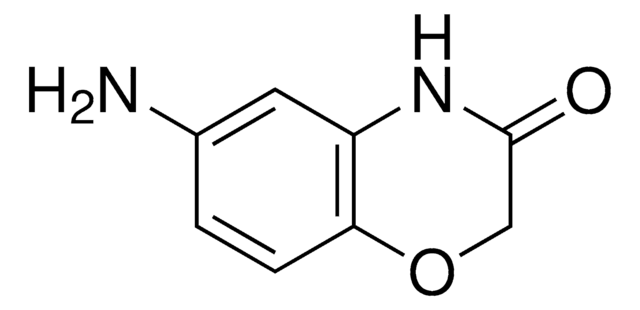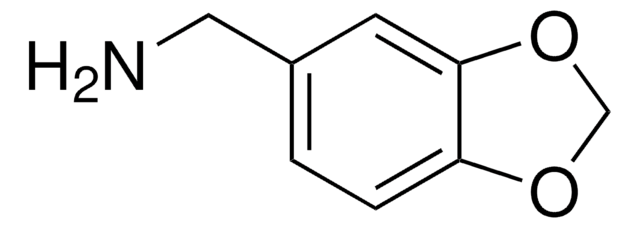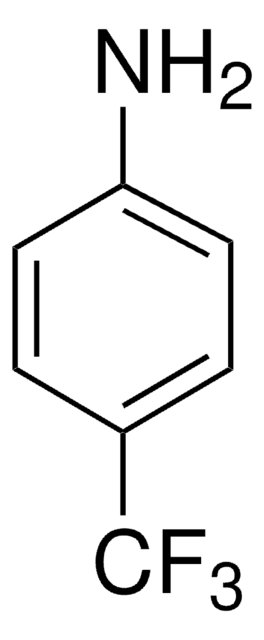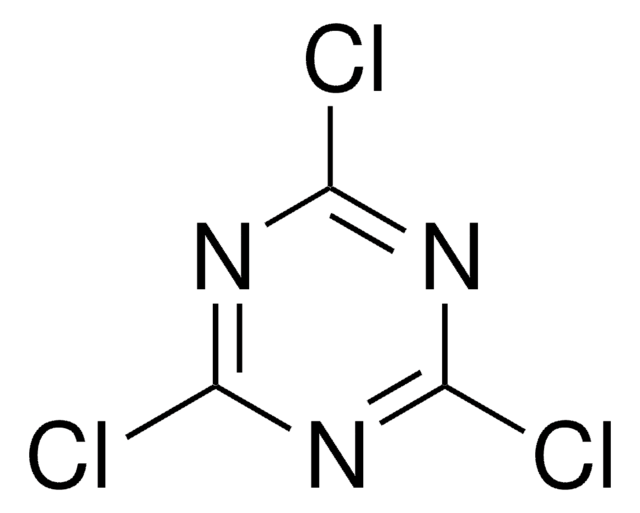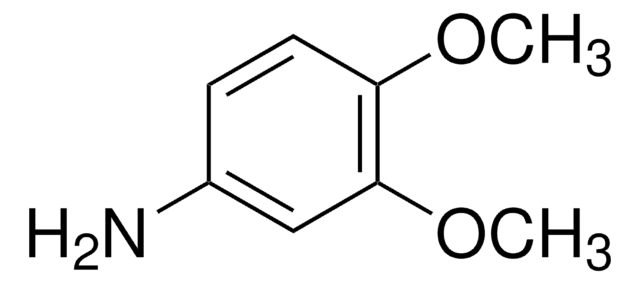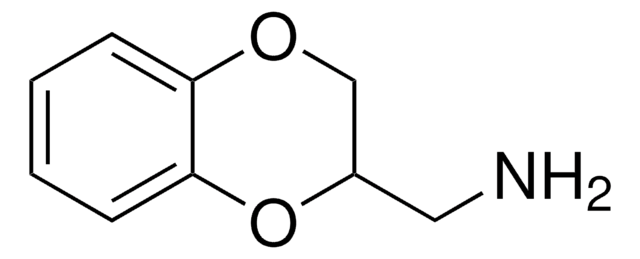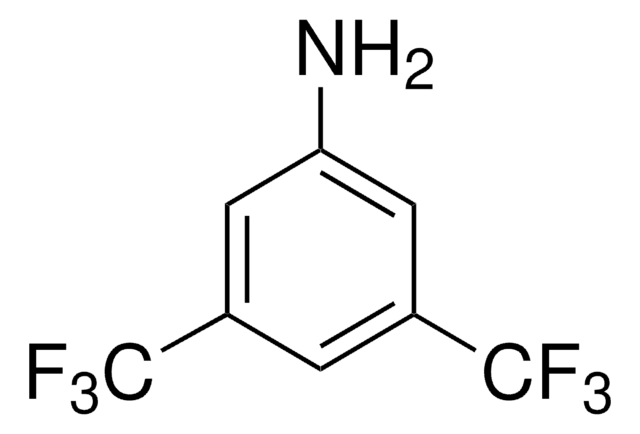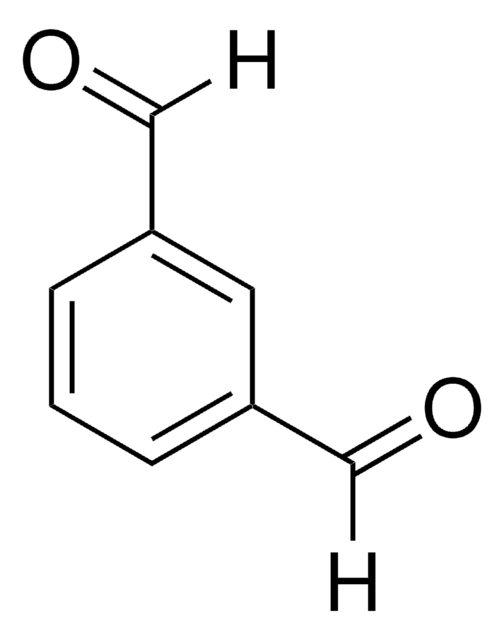193232
1,4-Benzodioxan-6-amine
≥98%
Synonym(s):
6-Amino-1,4-benzodioxan
Sign Into View Organizational & Contract Pricing
All Photos(1)
About This Item
Empirical Formula (Hill Notation):
C8H9NO2
CAS Number:
Molecular Weight:
151.16
EC Number:
MDL number:
UNSPSC Code:
12352100
PubChem Substance ID:
NACRES:
NA.22
Recommended Products
Quality Level
Assay
≥98%
refractive index
n20/D 1.599 (lit.)
mp
29-31 °C (lit.)
density
1.231 g/mL (lit.)
SMILES string
Nc1ccc2OCCOc2c1
InChI
1S/C8H9NO2/c9-6-1-2-7-8(5-6)11-4-3-10-7/h1-2,5H,3-4,9H2
InChI key
BZKOZYWGZKRTIB-UHFFFAOYSA-N
Application
1,4-Benzodioxan-6-amine was used in the synthesis of N-(2-hydroxy-ethyl)-2,3-didehydroazapodophyllotoxins having anti-tumor activity and dioxanoacridinones.
Signal Word
Warning
Hazard Statements
Precautionary Statements
Hazard Classifications
Acute Tox. 4 Oral - Eye Irrit. 2 - Skin Irrit. 2 - STOT SE 3
Target Organs
Respiratory system
Storage Class Code
10 - Combustible liquids
WGK
WGK 3
Flash Point(F)
235.4 °F - closed cup
Flash Point(C)
113 °C - closed cup
Personal Protective Equipment
dust mask type N95 (US), Eyeshields, Gloves
Regulatory Information
新产品
Choose from one of the most recent versions:
Already Own This Product?
Find documentation for the products that you have recently purchased in the Document Library.
Ajay Kumar et al.
Journal of heterocyclic chemistry, 47(6), 1275-1282 (2011-01-05)
Novel arylamino alcohols were synthesized and these alcohols were used to prepare 12 novel N-(2-hydroxy-ethyl)-2,3-didehydroazapodophyllotoxins, in one step, by simple reflux in ethanol. Isolated yields in the range of 50-70% were obtained.
Elizabeth A Grossman et al.
Cell chemical biology, 24(11), 1368-1376 (2017-09-19)
Many natural products that show therapeutic activities are often difficult to synthesize or isolate and have unknown targets, hindering their development as drugs. Identifying druggable hotspots targeted by covalently acting anti-cancer natural products can enable pharmacological interrogation of these sites
2, 3-Dihydrodioxin [2, 3-b] acridin-11 (6H)-one.
Karolak-Wojciechowska J, et al.
Acta Crystallographica Section C, Crystal Structure Communications, 54(11), 1689-1690 (1998)
Our team of scientists has experience in all areas of research including Life Science, Material Science, Chemical Synthesis, Chromatography, Analytical and many others.
Contact Technical Service